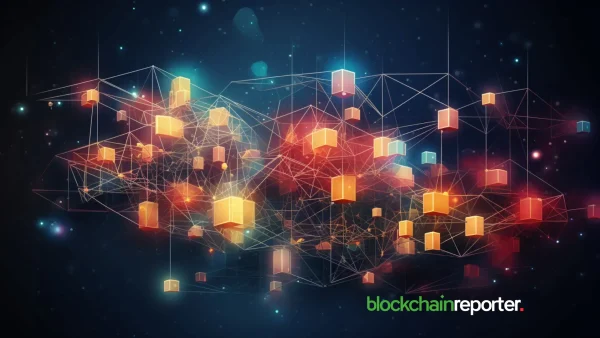
Mintlayer, the Bitcoin sidechain backed by leading Bitcoiners including Charlie Shrem, has launched. The genesis block went live on January 29, marking a new era for Bitcoin’s L2 landscape and allowing financial innovation to flourish. Mintlayer’s debut will provide a new way to tap into Bitcoin-based applications that are built on a dedicated and scalable chain.
Mintlayer was designed to support the creation of financial applications, multi-tokens, and DeFi in all its forms. It’s been a long time in the making and thus there is a lot of excitement among crypto users who’ve been keeping tabs on the project. With the launch of the genesis block, Mintlayer is officially live, allowing users to experience the UTXO network which draws its cues from Bitcoin without being completely beholden to the daddy of all crypto networks.
A New Chain Is Minted
Mintlayer is based on Bitcoin and built to enhance its core characteristics while also atoning for its shortcomings. With Mintlayer, block times are set at two minutes, for example, versus Bitcoin’s 10. The consensus used to secure Mintlayer is inspired by Proof-of-Work but doesn’t require energy-intensive mining. Rather, it involves block signers “guessing” the next block. This incurs a low computational demand while allowing for randomity.
While the Genesis block went live on January 29, its native ML token has been in circulation for some time. The token is up 78% on news of the launch as interest in Mintlayer and Bitcoin’s L2 ecosystem in general grows. Now that Mintlayer is live, ML tokens will be issued with every new block. The token emission schedule is set to run for 10 years, reducing gradually in a manner not dissimilar from Bitcoin’s halving schedule.
Making Bitcoin the Bedrock for Financial Innovation
When development work began on Mintlayer, Bitcoin’s L2 environment primarily consisted of Lightning Network. Since then, it’s evolved greatly, with developers attacking the challenge of creating supportive networks anchored to Bitcoin’s security model from different angles.
The launch of Mintlayer isn’t the end of the journey; rather it’s the first step towards creating a Bitcoin-based L2 ecosystem that supports tangible use cases and real users. One of the core features of Mintlayer is the way it allows tokens to be traded using Atomic Swaps, which provide a highly secure way of trading assets.
As DEXes and other protocols are built upon Mintlayer that make use of Atomic Swaps, a DeFi ecosystem should evolve that doesn’t rely on wrapped tokens and bridges. Instead, Atomic Swaps will support a safer way to exchange assets on a chain whose security and specifications are drawn from Bitcoin.
There are plans afoot for integrations with existing Bitcoin L2s including Lightning Network further down the road. This will support the creation of a multi-token ecosystem that is analogous to what sprung up on Ethereum in 2017. But this time around, it’s centered around Bitcoin, buoyed by the unrivaled network effects and security this brings.









